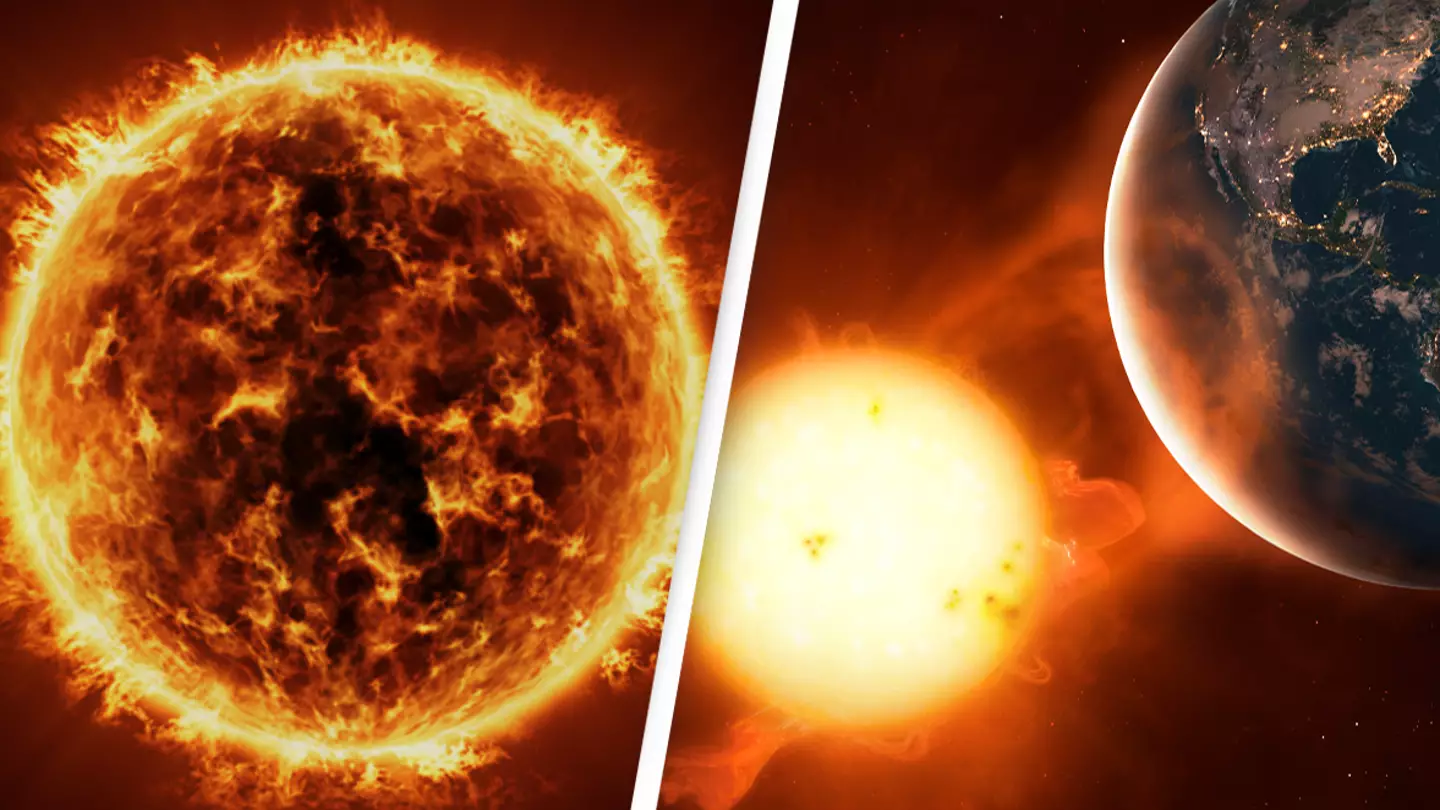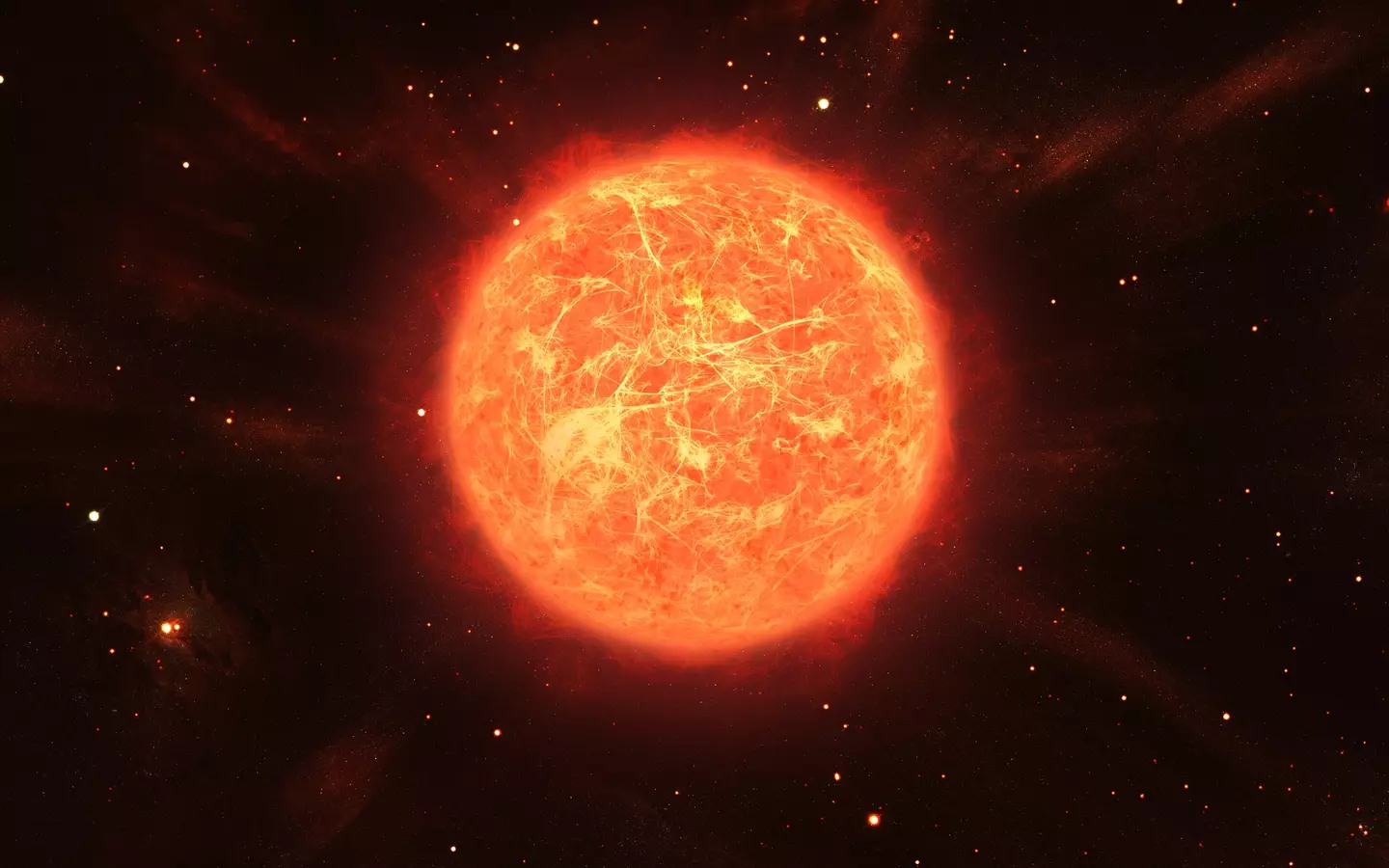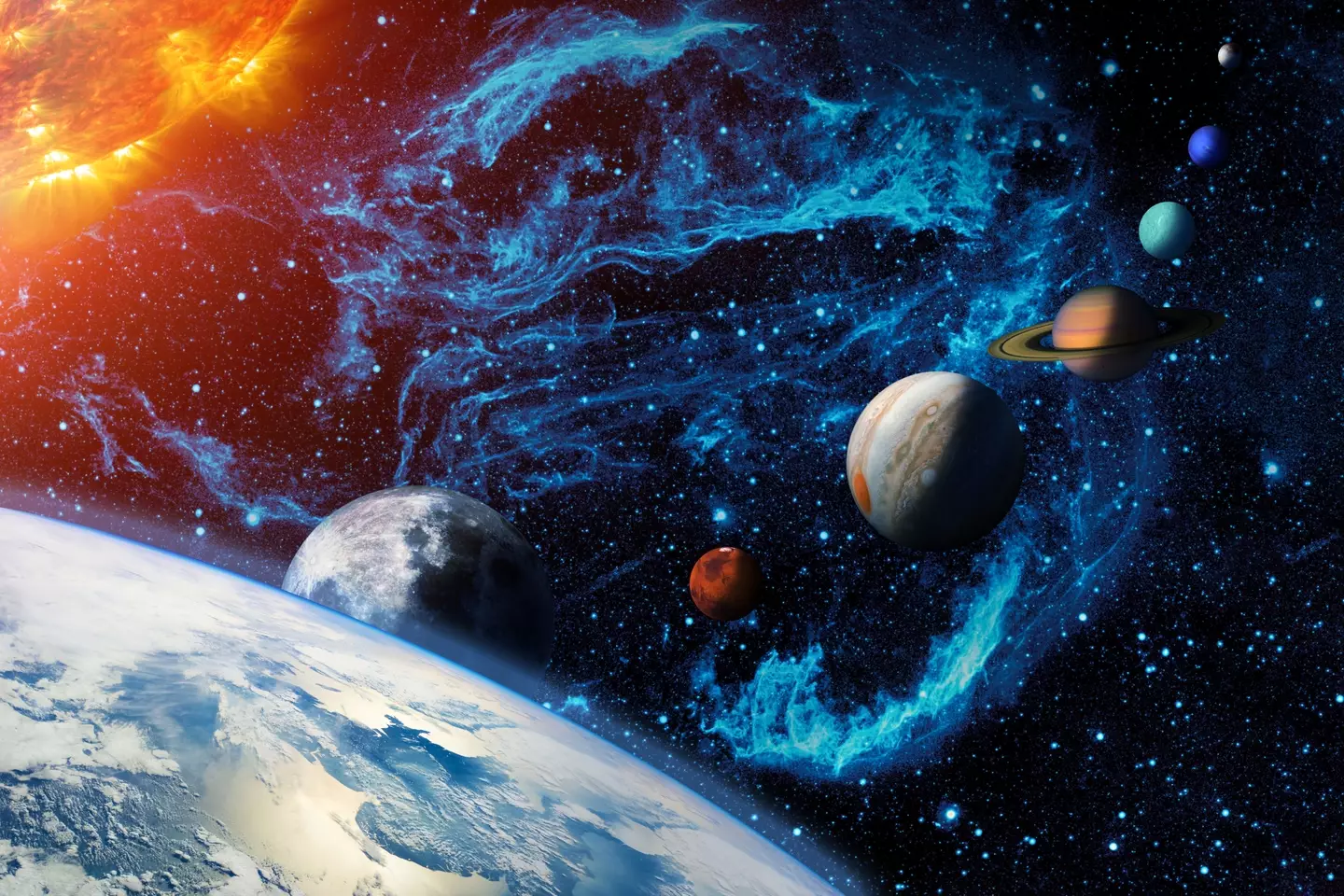
Scientists have been looking into what the future holds for the sun and Earth, and it doesn't look very optimistic.
The sun is located a whopping 150 million km away, but can still wreak havoc here on Earth - global warming being an example.
But it might not be climate change that's our ultimate demise, but the sun engulfing our planet.
Advert
Yes, you read that right.
A new paper appearing in The Astrophysical Journal looks into Rho Coronae Borealis - a yellow dwarf star that's not dissimilar to our own sun.
The star is around the same mass, radius, and luminosity as the sun, with the main difference between the two being their ages.
Advert
Rho Coronae Borealis is thought to be around 10 billion years old, while the sun is half of that.
Researchers found that the star is nearing the end of its lifecycle, meaning it will eventually turn into a red giant.
And in the process of turning into a red giant, the star will engulf its surrounding planets.
According to scientists, there are four known orbiting planets around Rho Coronae Borealis and they will be impacted by the stellar atmosphere of the transition.
Advert

Basically, they'll be eaten by it. Lovely.
Stephen R. Kane, from the Department of Earth and Planetary Sciences, University of California, Riverside, is the sole writer of the study and explained: "Post main sequence stellar evolution can result in dramatic, and occasionally traumatic, alterations to the planetary system architecture, such as tidal disruption of planets and engulfment by the host star."
The process of it turning into a red giant isn't expected to occur for another billion years, though.
Advert
With Rho Coronae Borealis likeness to our sun, it's predicted that the same thing will happen and it will go on to turn into a red giant too.
But, with it being dramatically younger than Rho Coronae Borealis, the sun's transition isn't expected to happen for another several billion years.

Its 1,000 larger form is then expected to consume or at least destroy all of the inner planets - Earth included.
Advert
The sun's other inner planets are Mercury, Mars and Venus.
"The evolution of stars through their progression on the main sequence, expansion into a giant star, and then final contraction into a white dwarf, has profound consequences for the orbiting planets," Kane wrote in his study.
But this is still billions of years away, so it's likely climate change will get us first if we don't buck our ideas up, folks.